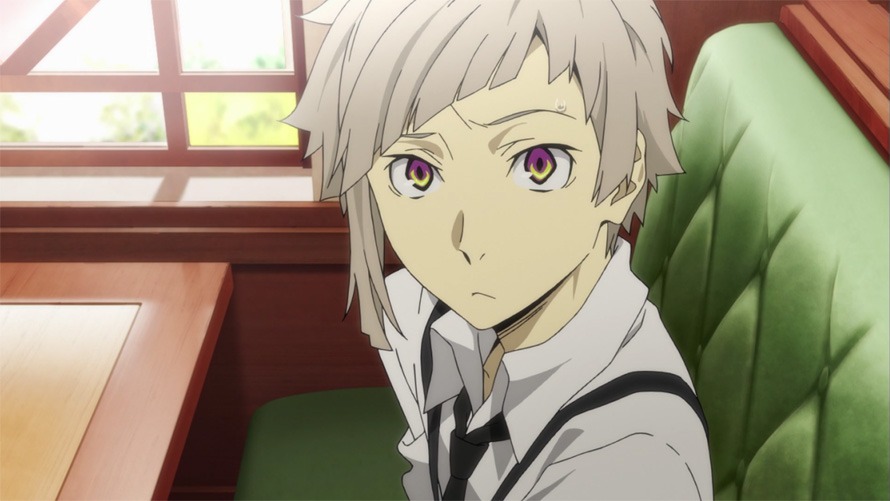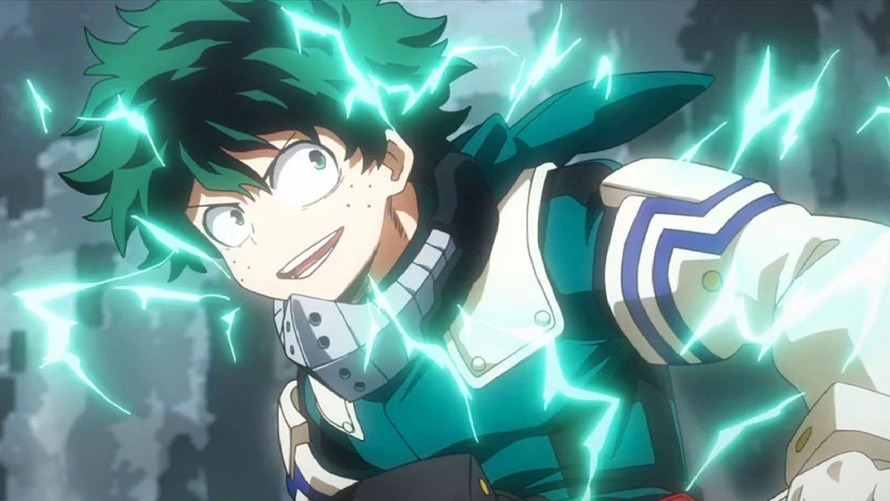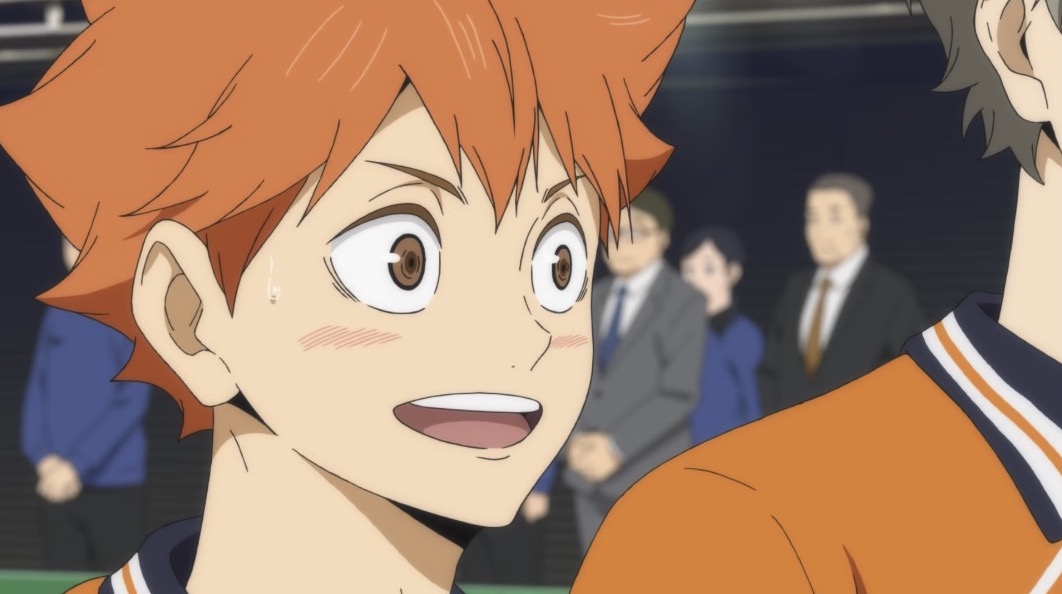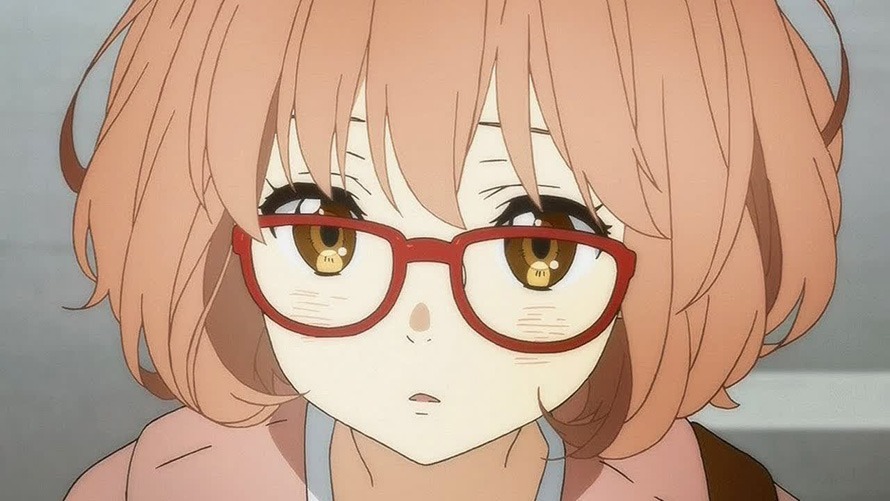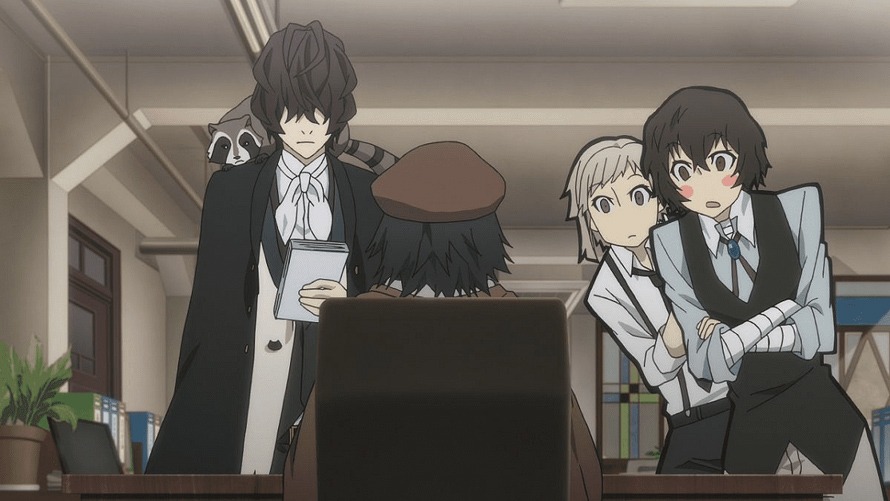
In Japanese culture, there’s a huge emphasis on respect and hierarchy in business, school, and family life in general. A lot of japanophiles and fans of Japanese animation will be familiar with these aspects of the culture, especially the idea of a senpai, or slightly older mentor.
The senpai’s counterpart, the kouhai, (sometimes spelled kohai,) is less well known. The kohai is usually a beginner of some sort, whether in sports, school, or elsewhere. While their senpai has to guide, teach, and protect them, they owe their senpai respect and deference.
The senpai kohai relationship shows up plenty in anime, which is how most westerners know it. In the context of a show, there’s often some kind of romantic tension or rivalry involved. It’s a relationship with potential for drama and warm and fuzzy feelings, so it’s no surprise that it’s such a popular setup.
Without further ado, here are our picks for the top 5 kohai anime characters and the anime they star in.
5) Haruhi Fujioka (Ouran High School Host Club)
Ouran High School Host Club is a classic shoujo, and unlike the other entries on this list, a comedy. It follows Haruhi Fujioka, a first year at the wealthy Ouran Academy, as she’s employed as a host at the school’s host club, a converted music room where the school’s female students can come to share a cup of tea and a conversation with a cute boy. Fujioka isn’t, in a fact, a boy, but doesn’t think much of gender roles, and the other hosts teach her how to act the part. In time, she learns to play it well enough to charm the clientele.
Fujioka’s situation in the host club is another example of a single kohai being looked after by a large number of senpai. In her case, though, there’s room for romantic tension with the other hosts, and the added drama of keeping her secret from the club’s visitors. Her delicate position paired with her blunt attitude create plenty of hijinks.
4) Nakajima Atsushi (Bungou Stray Dogs)
Some of our favorite kohai-senpai relationships to watch are the ones where the characters benefit from each other’s company the most. There can be struggles and drama along the way, but we’re all suckers for happy endings and the power of friendship, even in the darkest of circumstances.
That’s why we love Atsushi’s relationship with his senpai, Osamu Dazai. Even during their first meeting, when Atsushi doesn’t understand his powers at all, Dazai sees his potential and decides to take him under his wing, where he will remain for the rest of the series.
Atsushi had a very rough childhood, and it instilled in him some emotional instability. Mysterious as Dazai is, he helps talk Atsushi through his breakdowns throughout the show, and is the reason that Atsushi makes it through his troubles at all. Atsushi, for his part, trusts Dazai despite his occasional teasing. They make a good team.
3) Izuku Midoriya (My Hero Academia)
At the beginning of the show and for its first couple seasons, Midoriya’s mentor figure is All Might, number one hero and much more of a master than a senpai. Their relationship is good enough to deserve its own place on a different list. Later on, though, he’s befriended by one of the other young prospects that All Might was considering to make into his successor, Mirio Togata.
Togata is Midoriya’s senior and an upperclassman at the school for heroes that they both attend. When Midoriya starts his hero internship with Sir Nighteye, All Might’s old sidekick, he works alongside Togata and learns from him.
Their relationship reaches its dramatic peak after Nighteye’s agency gets involved in a conspiracy surrounding a little girl who’s being held prisoner by a villain. When it comes to a head, both Midoriya and Togata have to push themselves to the limit to save her, and things don’t go well.
If that got you curious, then go watch it for yourself! If we say anymore, we’ll give it away.
2) Hinata Shoyo (Haikyu!!)
Unlike some of the other characters on this list, Shoyo doesn’t have one senpai in particular. At the start of the series, when he joins a high school volleyball team in the hopes of becoming its ace, he’s a kohai to everyone else on the team, except, maybe his rival Kageyama, who’s a new recruit as well.
Shoyo’s relationships with the rest of the team don’t carry much of the same tension that we might find in dramas with one Kohai devoted to one senpai, but it does give us an opportunity to see how the others on the team help him and Kageyama grow as players and as people, until they’re able to work together to bring the team to victory. If you want to see how a team of solid senpais can help their protege improve, Haikyu!! is your show.
1) Kuriyama Mirai (Beyond The Boundary)
Kyoukai no Kanata, which translates to Beyond the Boundary, is a fantasy show that follows a high school literary club composed of supernatural beings. To avoid giving away too much of the plot, suffice it to say that the show’s fantasy elements allow the relationship between Mirai and her Senpai, Akihito Kanbara, to take some interesting twists and turns.
Their relationship starts out combative, to say the least, with Mirai actively trying to kill Kanbara on multiple occasions, but as the show continues, things start to smooth out, and she begins seeing him as a mentor she can rely on.
Mirai fits the trope of a kohai character completely. She’s awkward, sometimes clumsy, and fits the standard image of a cute girl, (barring her being a supernatural warrior.) She needs Kanbara’s help, too. She’s struggling to support herself, shunned by other supernatural warriors, and the last member of her clan. It makes it all the more fun to watch her and Kanbara grow close.
Conclusion
We hope your favorite kohai characters made it onto our list. There are too many out there to mention all of them, so it’s up to you to spread the word about your favorites. We hope you enjoyed the list, and we hope you’ll check out any of the shows that sound interesting. Thanks for reading!
Otaku USA may earn a small commission on purchases made through links on this article.



